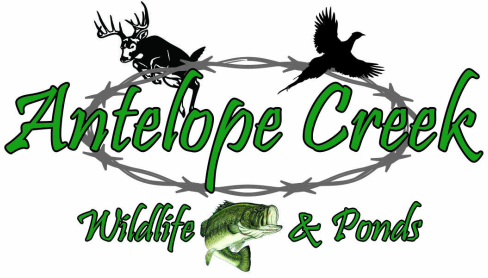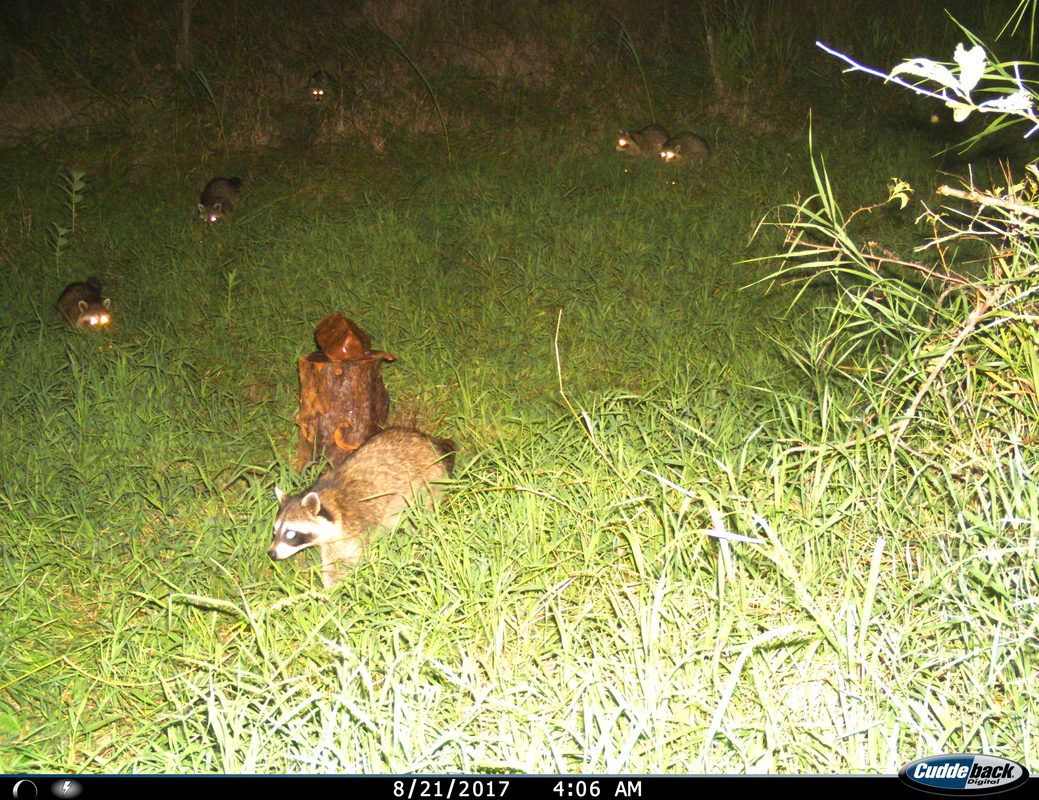There are, what I think, two major reasons why the above statements are heard and true in many cases. The first reason is loss of habitat. It is rare to see plum thickets in fence lines, cattail sloughs a being drained to farm, shelter belts and tree groves torn out to gain a few more acres of crop ground. Pasture and CRP was being torn out at alarming rates with high commodity prices. Although a lot of CRP has been going back in over the last few years it takes time to rebuild those populations. We can plant trees but unlike a stand of CRP they take 10 years to establish. The other major reason for declining or slow rebound of populations is predators.
Not long ago I received Nebraska's 2015-2016 season fur harvest summary. Reviewing the summary it is no wonder we don't see the game populations that many people talk about. Every species on that list, except woodchuck, had declined in the estimated number trapped and hunted compared to both the previous season and the 5 year average.
The top 3 nest predators, raccoons, stripped skunks and opossums, declined in the following ways. 46.1% fewer raccoon were harvested in the 2015-2016 season compared to the previous and that number was 53.9% fewer than the 5 year average. Stripped skunk were 29.1% lower than the previous and 31.2% lower than the 5 year average. Opossum harvested was 19.4% fewer than the previous season and 23.2% fewer than the 5 year average. Why such the decrease in predator harvests?
There could be many options to this. Maybe people did not respond well to the survey to get better numbers. I feel a big part of it is likely economic. Many people I know stopped trapping due to the very low fur market. Furs have not been going for much the past few years making it less appealing for hunters and trappers to spend their money on fuel and baits for not much return if any at all. Maybe we are losing people interested in the sport?
If you are experiencing unsatisfactory game populations on your property, maybe it is time to start observing predator populations. Start trapping with family and friends. Teach your kids or grand-kids the past time. Invite others to hunt or trap predators on your property. Trapping and hunting predators can be a great time to get outdoors after all our game seasons are closed. Most trapping seasons run through February or March.
Bottom line if you want to increase game populations good habitat management and predator management both are keys factors. So get out there and enjoy the outdoors.
Remember to manage today for a better tomorrow!
Brett Kleinschmit


 RSS Feed
RSS Feed
